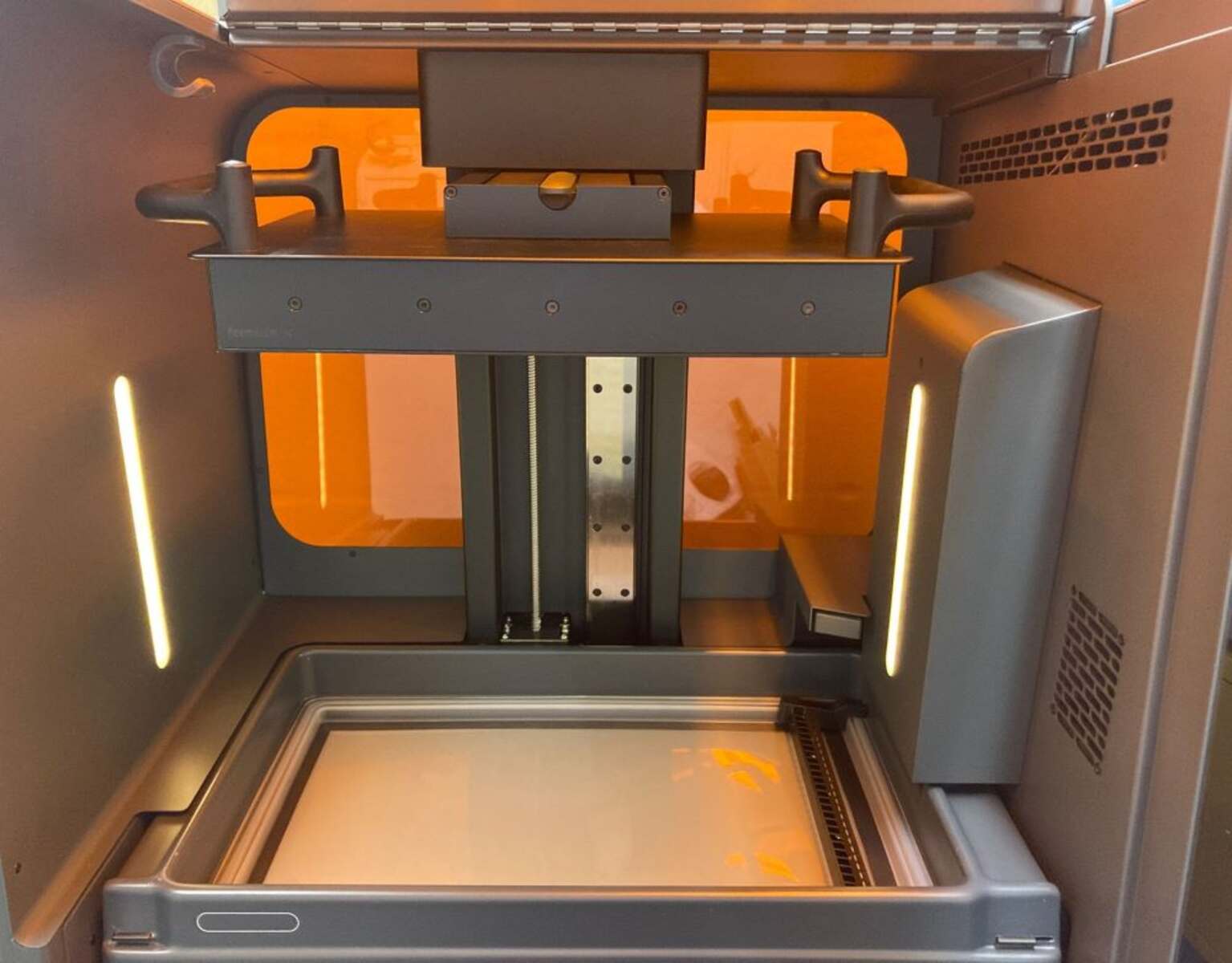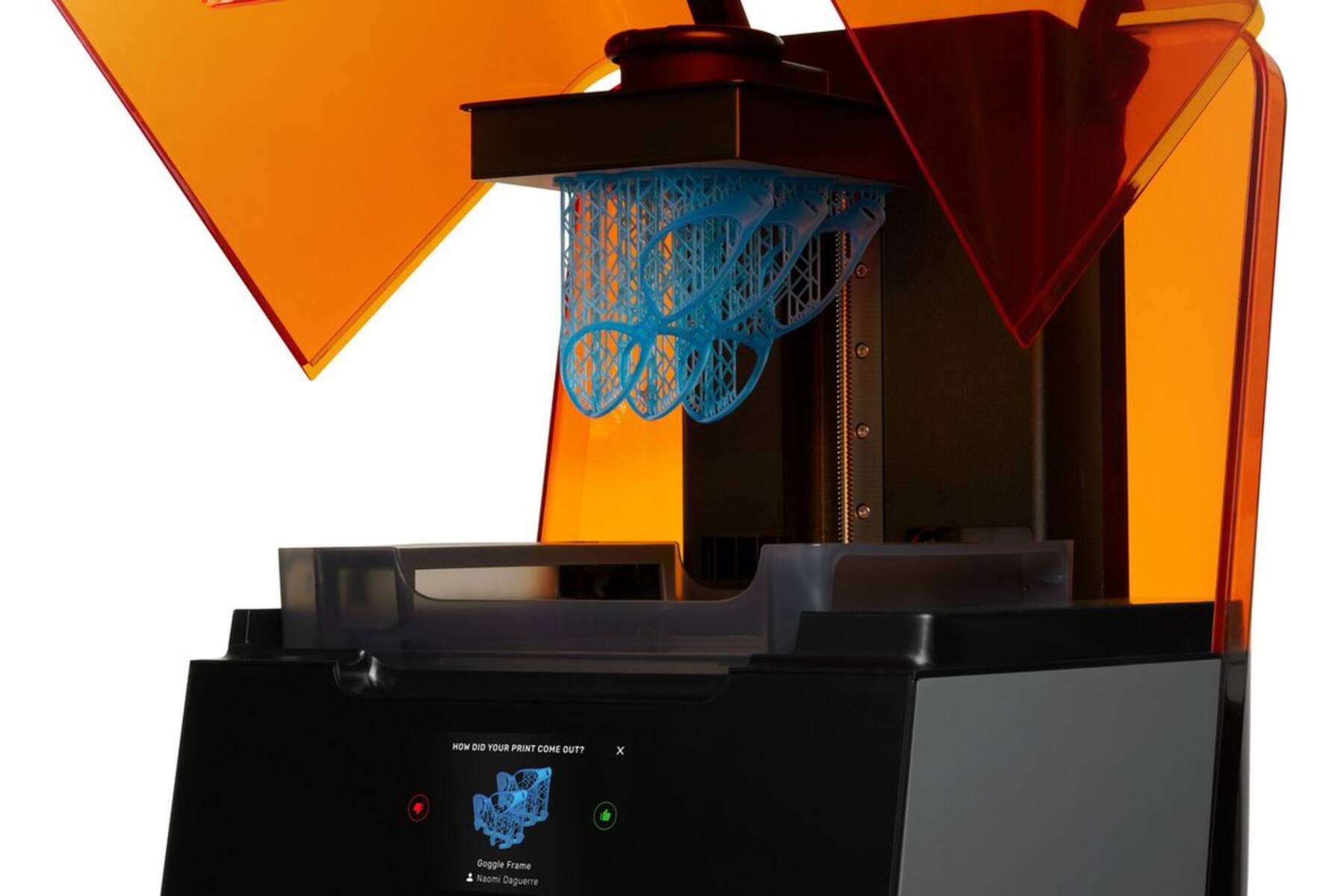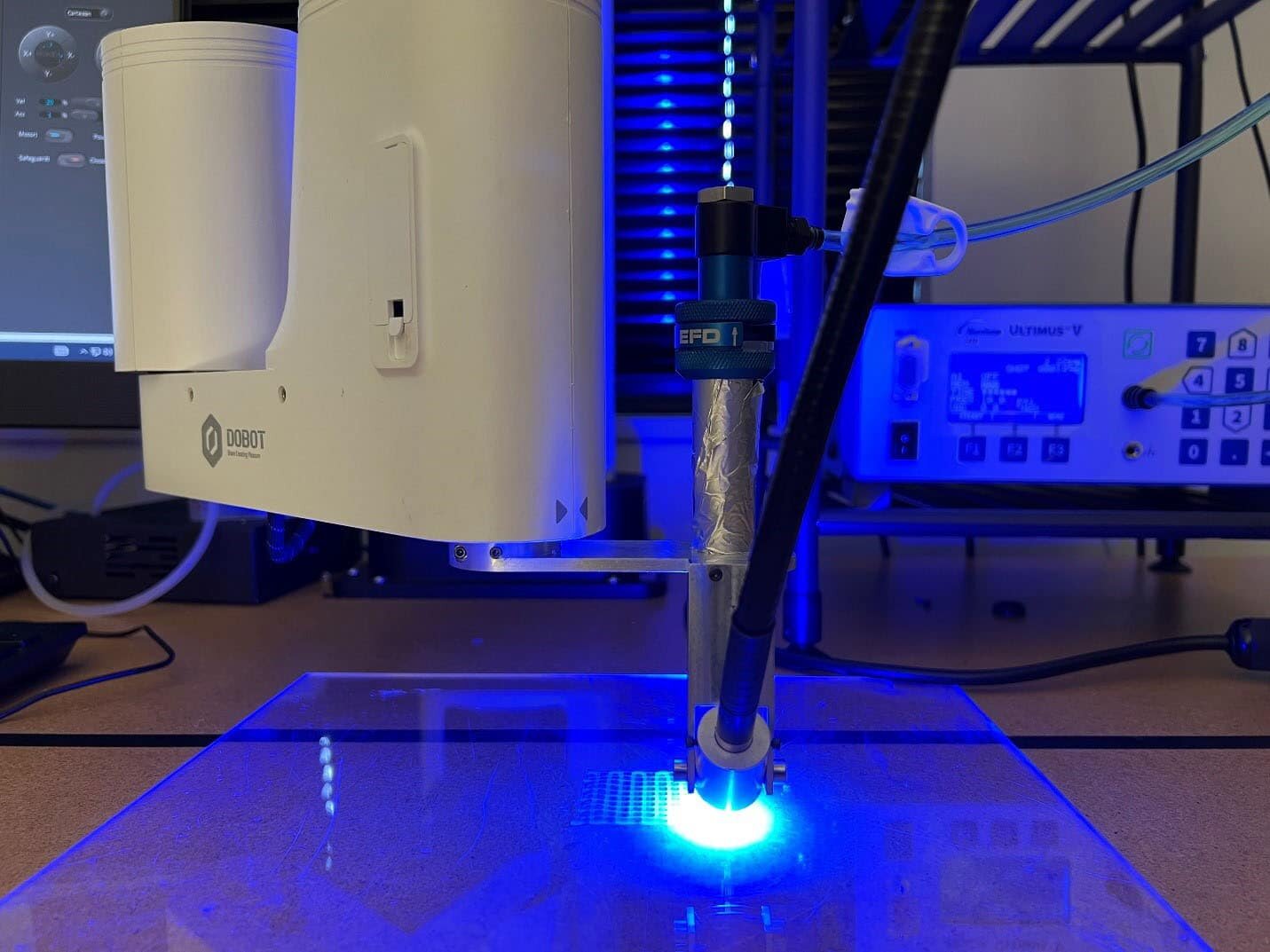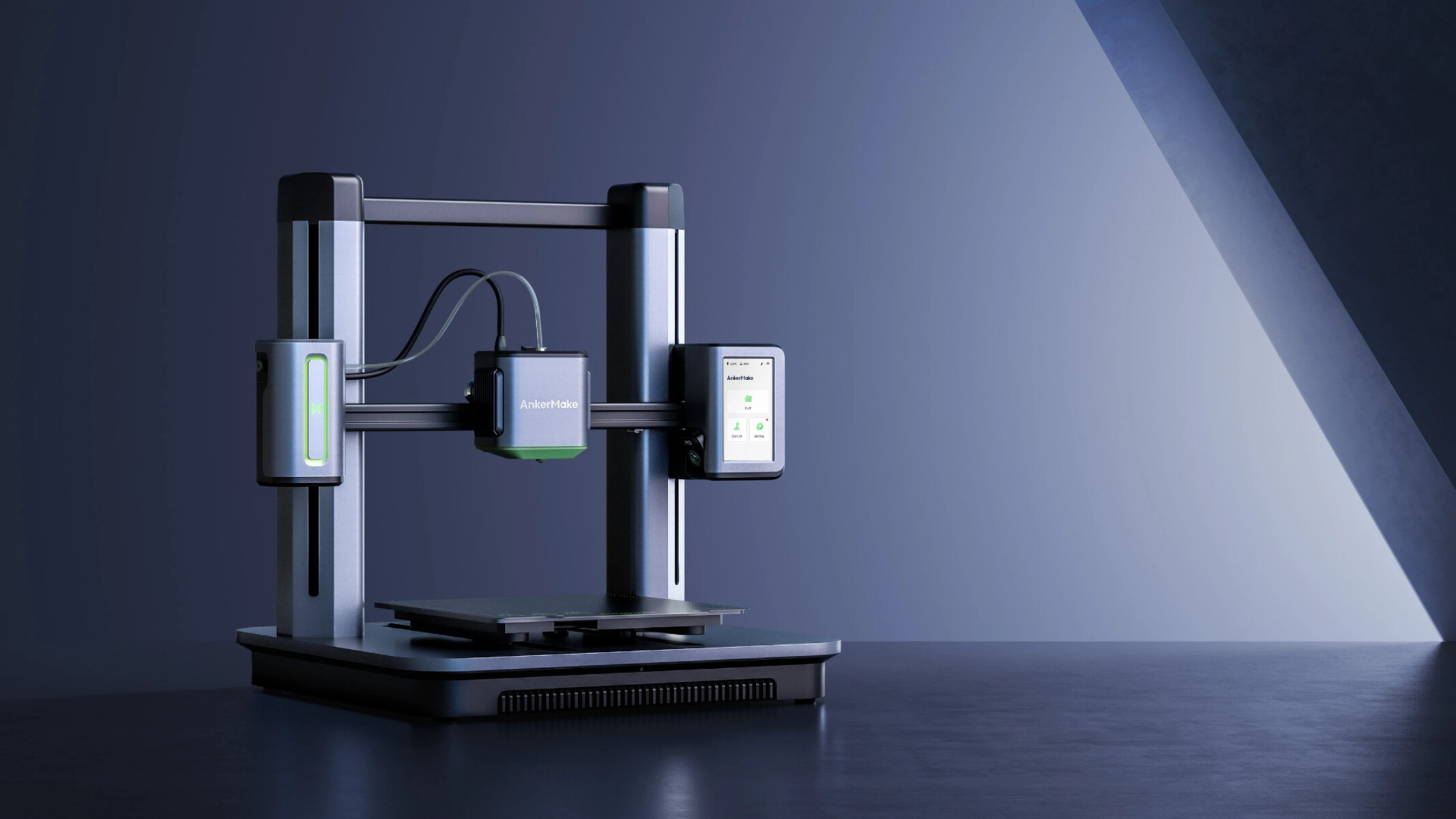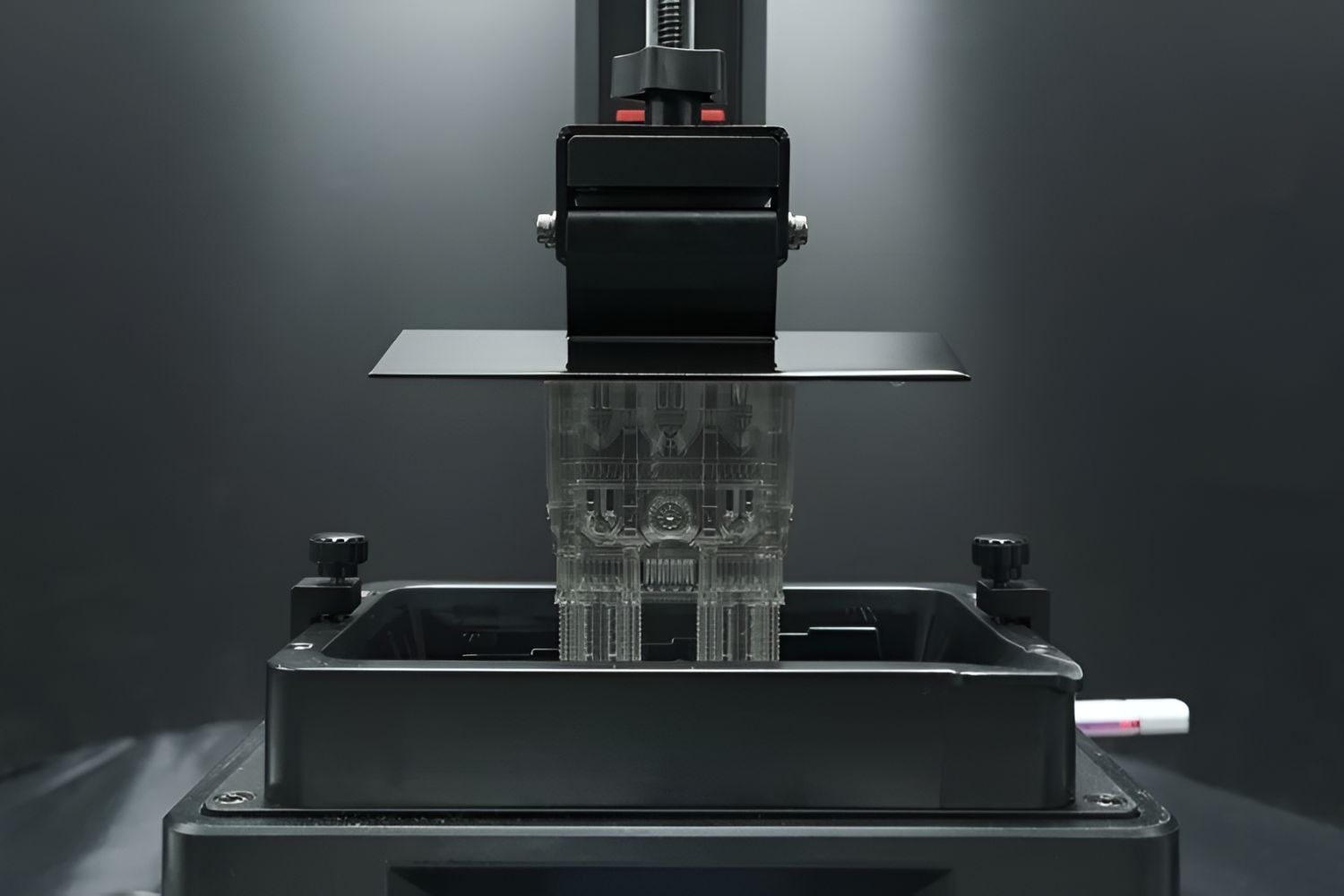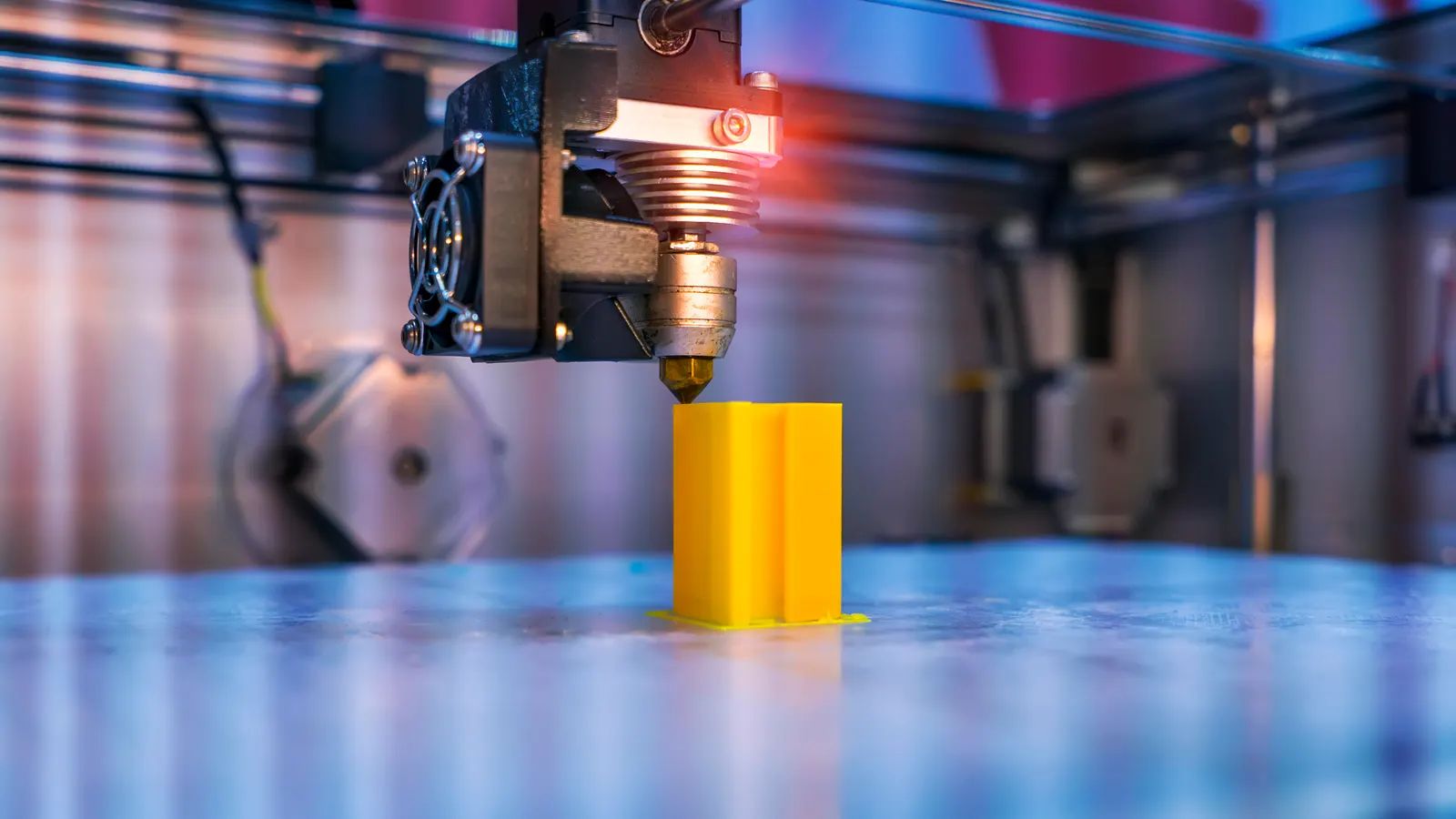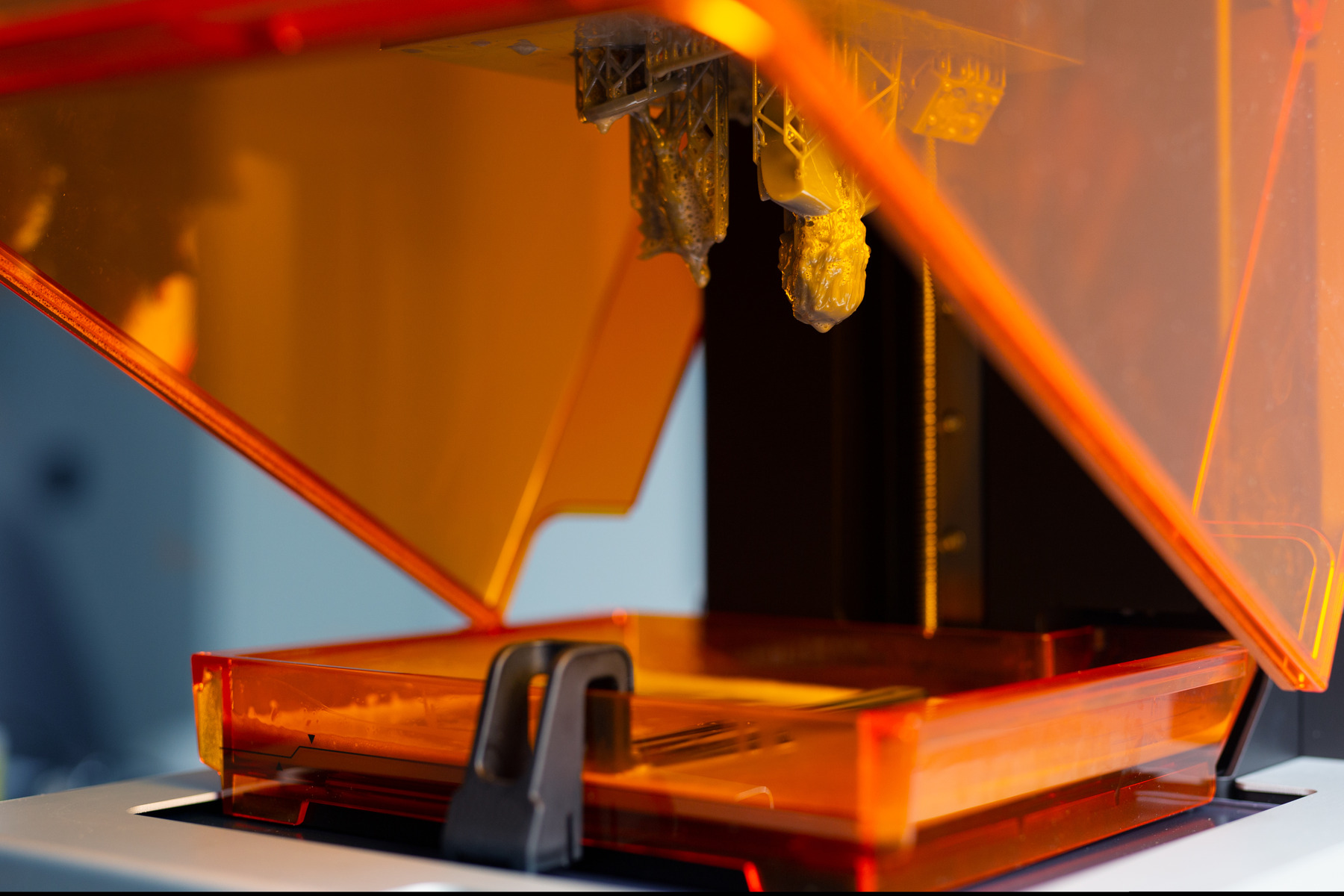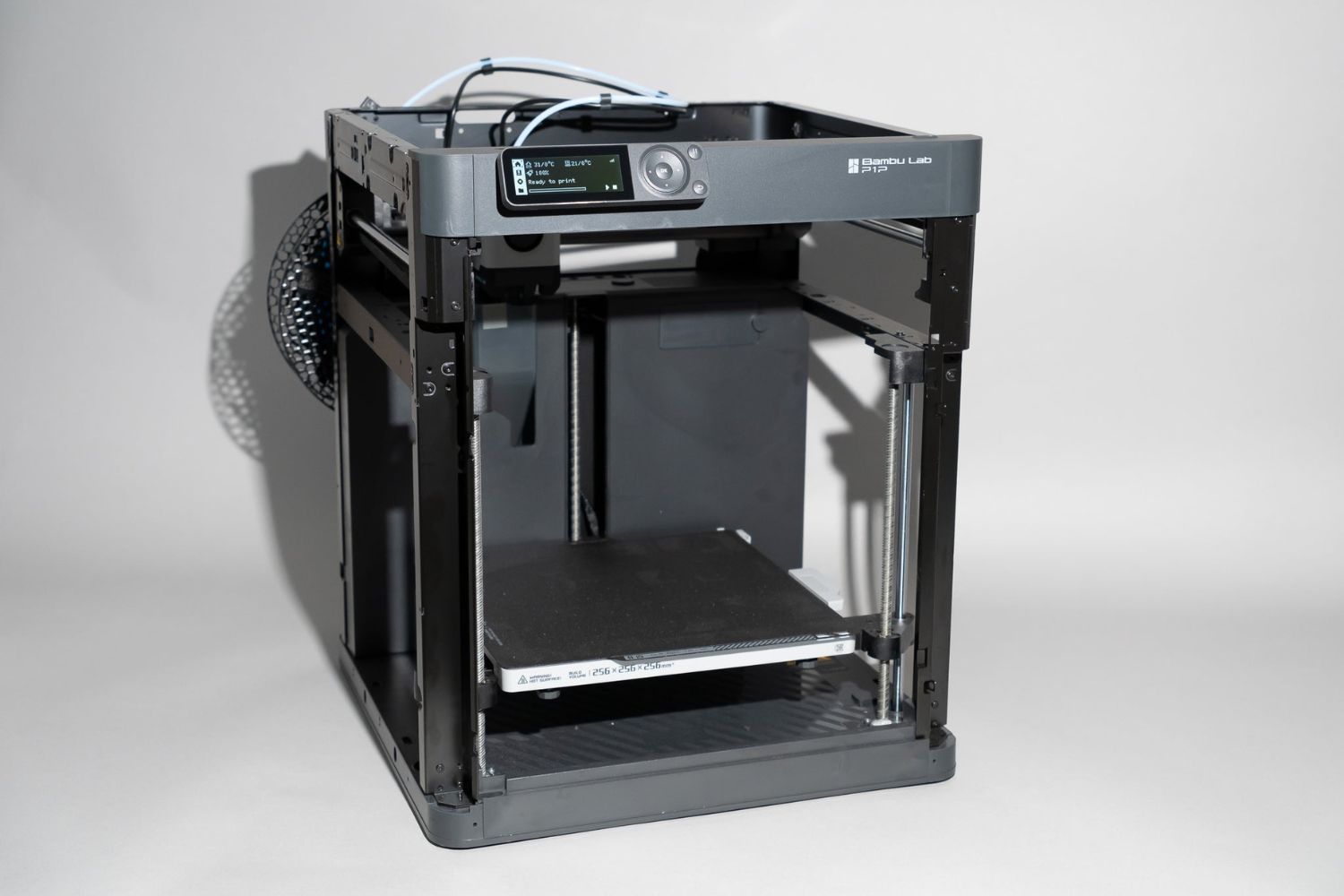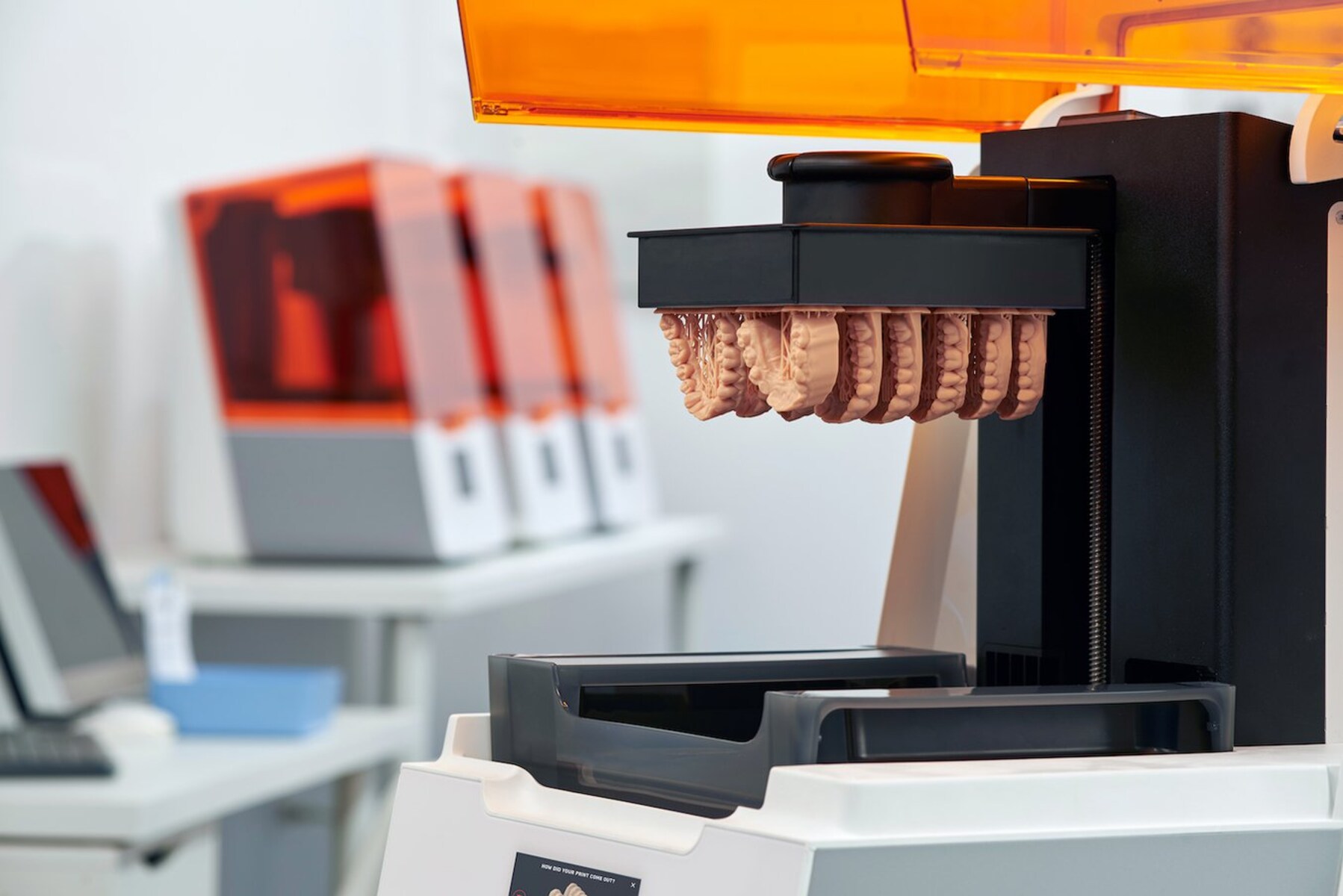Introduction
Welcome to the world of SLA 3D printing! In this article, we will explore the fascinating technology of SLA (Stereolithography) 3D printing, its working principles, advantages, limitations, popular applications, and how to choose the right SLA 3D printer for your needs.
In recent years, 3D printing has revolutionized various industries by enabling the production of complex and customized objects with ease. SLA 3D printing is one of the prominent techniques used in this field, offering high-resolution output and incredible design flexibility.
SLA 3D printing utilizes a liquid resin that is selectively cured by a laser to create three-dimensional objects layer by layer. This technique allows for the creation of intricate structures, fine details, and smooth surfaces that are difficult to achieve with traditional manufacturing methods.
Whether you are a hobbyist, professional designer, engineer, or entrepreneur, understanding the fundamentals of SLA 3D printing can open up endless possibilities for bringing your imagination to life.
Throughout this article, we will delve into the inner workings of SLA 3D printing, explore its advantages and limitations, and discover its various applications across different industries. Additionally, we will provide valuable insights to help you make an informed decision when selecting the right SLA 3D printer for your specific requirements.
So, without further ado, let’s embark on this exciting journey into the world of SLA 3D printing!
What is SLA 3D Printing?
SLA (Stereolithography) 3D printing is an additive manufacturing technology that employs liquid resin materials to create three-dimensional objects. This process involves the use of a high-precision laser that selectively solidifies the liquid resin, layer by layer, to construct the desired object.
The SLA 3D printing process begins with a 3D digital model of the object, which is divided into numerous thin cross-sectional layers. The liquid resin is then poured into a vat or reservoir, with a build platform submerged in the resin. A laser beam is directed onto the surface of the liquid resin, tracing the pattern of each layer based on the 3D model.
When the laser contacts the liquid resin, it causes the resin to solidify or cure. Once a layer is complete, the build platform moves up by a fraction of the layer thickness, and the process repeats for the next layer. This layer-by-layer curing and platform movement continue until the entire object is formed.
SLA 3D printing offers exceptional precision and detail, making it an ideal choice for producing prototypes, intricate models, and highly detailed parts. The laser’s high accuracy ensures the replication of even the smallest complex features with incredible accuracy.
By controlling factors such as the laser power, exposure time, and resin formulation, SLA 3D printing can achieve a wide range of material properties and finishes. The resin materials used in SLA 3D printing can range from rigid and tough to flexible and rubber-like, allowing for a variety of applications across industries.
Overall, SLA 3D printing is a versatile and precise technology, providing designers, engineers, and manufacturers with the ability to create complex, customized, and high-quality objects with ease. Its capabilities have revolutionized industries such as automotive, aerospace, healthcare, and consumer goods, enabling faster prototyping, efficient production, and innovative design iterations.
How does SLA 3D Printing work?
SLA (Stereolithography) 3D printing is a layer-by-layer additive manufacturing process that utilizes a liquid resin to create three-dimensional objects. Let’s delve into the step-by-step process of how SLA 3D printing works:
- Preparation: The first step in SLA 3D printing is preparing the 3D digital model of the object. This model is typically created using computer-aided design (CAD) software or obtained from a 3D scanner. The model is then sliced into multiple thin cross-sectional layers to guide the printing process.
- Resin Vat: The liquid resin used in SLA 3D printing is poured into a vat or reservoir. The vat is transparent and typically made of a material compatible with the resin, such as glass or acrylic.
- Build Platform: A build platform, attached to a motorized mechanism, is placed inside the vat and positioned just below the surface of the resin. The build platform moves vertically during the printing process to enable layer-by-layer construction.
- Laser Curing: A high-precision laser then comes into play. The laser directs a beam of light onto the surface of the liquid resin. The laser’s movements are precisely controlled using mirrors or galvanometers, ensuring accurate curing of the resin.
- Layer-by-Layer Construction: The laser traces the pattern of the first layer onto the liquid resin, solidifying or curing it. Once the first layer is complete, the build platform moves up by a fraction of the layer thickness, and the resin surface is recoated with a fresh layer of liquid resin.
- Repetition: The laser continues to trace and cure each layer, with the build platform gradually moving up, until the entire object is formed. The number of layers required depends on the height and complexity of the object.
- Post-processing: Once the printing is complete, the printed object is carefully removed from the resin vat. It might require additional cleaning, such as rinsing in a solvent or washing in an ultrasonic bath, to remove excess uncured resin. Depending on the specific resin used, the object may need further post-curing under UV light to improve its mechanical properties and stability.
The result of the SLA 3D printing process is a three-dimensional object that accurately represents the digital model. The level of detail and surface finish achieved through SLA 3D printing is remarkable, making it an ideal choice for applications where intricacy and precision are paramount.
Understanding the process behind SLA 3D printing helps to comprehend the technology’s capabilities and advantages, enabling designers, engineers, and manufacturers to harness its full potential in creating innovative and sophisticated objects.
Advantages of SLA 3D Printing
SLA (Stereolithography) 3D printing offers numerous advantages that make it a popular choice among designers, engineers, and manufacturers. Let’s explore some of the key advantages of SLA 3D printing:
- Precision and Detail: SLA 3D printing is known for its exceptional precision and fine detail. The laser-based curing process enables the replication of intricate features and complex geometries with high accuracy. This level of precision is crucial for applications such as prototyping, jewelry design, and dental models.
- Speed: Compared to other 3D printing technologies, SLA is generally faster, allowing for quicker turnaround times and rapid prototyping. The laser selectively cures each layer of the resin, resulting in efficient and swift production.
- Surface Finish: SLA 3D printing produces objects with smooth surfaces and excellent surface finish. The cured resin results in minimal visible layer lines, providing a high-quality appearance without the need for extensive post-processing.
- Material Versatility: SLA 3D printing supports a wide range of resin materials, offering versatility in terms of mechanical properties and aesthetics. Resins can be rigid, flexible, transparent, or even ceramic-filled, allowing for a broad spectrum of applications across various industries.
- Complex Geometry: SLA 3D printing can create complex, intricate, and convoluted geometries that are challenging to achieve with traditional manufacturing methods. This ability opens up a realm of design possibilities, enabling the production of customized and unique objects.
- Functional Prototypes: SLA 3D printing is ideal for producing functional prototypes and proof-of-concept models. Its accuracy and material properties allow designers and engineers to test form, fit, and function before moving into large-scale production.
- Cost-Effective: Although SLA 3D printing may have higher material costs compared to some other 3D printing methods, it can be more cost-effective in terms of time and resources. The ability to quickly iterate designs and reduce the need for expensive tooling makes SLA 3D printing a cost-efficient solution.
The advantages of SLA 3D printing make it a highly valuable and versatile technology that drives innovation across various industries. Its ability to deliver precise and detailed objects, coupled with fast production times and excellent surface finish, positions SLA 3D printing as a go-to choice for designers and manufacturers seeking high-quality, customized, and functional prototypes or end-use products.
Limitations of SLA 3D Printing
While SLA (Stereolithography) 3D printing offers many advantages, it does come with certain limitations. It is important to consider these limitations when deciding if SLA 3D printing is the right choice for your specific application. Here are some of the key limitations of SLA 3D printing:
- Size Constraints: SLA 3D printers typically have smaller build volumes compared to other 3D printing technologies. This limits the maximum size of objects that can be printed in a single run. Large-scale production or printing large structural components may require alternative printing methods.
- Material Selection: While SLA 3D printing offers various resin options, the range of materials available is not as extensive as in other 3D printing processes. Some specialized or high-temperature materials may not be compatible with SLA technology. However, the range of available materials is continuously expanding.
- Post-Processing Requirements: SLA 3D prints often require post-processing steps to remove excess uncured resin and achieve desired properties. Post-curing under UV light may be necessary to improve the mechanical strength and stability of the printed objects. This additional step can add time and effort to the overall production process.
- Support Structures: SLA 3D printing may require support structures to be printed alongside the object to prevent it from collapsing during the printing process. These support structures need to be removed manually after printing, which can be time-consuming and may leave behind marks or require additional finishing.
- Material Properties: While SLA resins offer a wide range of mechanical properties, they may not be suitable for certain applications that require extremely high strength, durability, or resistance to specific chemicals or environments. In such cases, alternative materials or manufacturing processes may be more appropriate.
- Cost: SLA 3D printing equipment and materials can be relatively expensive compared to some other 3D printing technologies. The costs of resin consumption, maintenance, and replacement parts should be accounted for when considering the overall budget for SLA 3D printing projects.
Despite these limitations, SLA 3D printing continues to be a valuable and widely used technology in various industries. Understanding these limitations allows designers and engineers to make informed decisions when selecting the appropriate 3D printing method for their specific needs, ensuring the best outcomes for their projects.
Common Applications of SLA 3D Printing
SLA (Stereolithography) 3D printing is a versatile technology that finds applications across various industries. Its ability to produce highly detailed and precise objects, coupled with a wide range of available materials, make it suitable for numerous use cases. Let’s explore some of the common applications of SLA 3D printing:
- Prototyping: SLA 3D printing is widely used in product development for rapid prototyping. It allows designers and engineers to quickly create physical prototypes to test form, fit, and function before moving into production.
- Model Making: SLA 3D printing is popularly used in architectural and design industries for creating highly detailed and accurate models. It enables architects and designers to showcase their designs and concepts with exceptional precision.
- Dentistry: SLA 3D printing has revolutionized the dental industry, allowing for the production of accurate dental models, aligners, surgical guides, and custom dental prosthetics. The high resolution and fine details achieved by SLA printing enable precise and comfortable fittings.
- Jewelry Manufacturing: SLA 3D printing is extensively used in the jewelry industry for creating intricate and delicate jewelry designs. It offers the ability to produce customized, one-of-a-kind pieces with high detail and surface finish.
- Manufacturing Tooling: SLA 3D printing is utilized in the production of manufacturing tooling, such as jigs, fixtures, and molds. Its fast production capabilities and high accuracy allow for efficient production processes.
- Engineering Parts: SLA 3D printing is suitable for producing low-volume, complex engineering parts with high accuracy. It is employed in aerospace, automotive, and other engineering industries to create functional prototypes and end-use parts.
- Medical Instruments and Devices: SLA 3D printing is increasingly utilized in the production of medical instruments and devices. It enables the customization of surgical tools, patient-specific models, and anatomical replicas for surgical planning and training.
- Educational and Research Objects: SLA 3D printing is utilized in educational institutions and research facilities to create three-dimensional models for studying anatomy, biology, paleontology, and various scientific disciplines.
These are just a few examples of the widespread applications of SLA 3D printing. Its versatility and ability to create intricate, precise, and customized objects make it an invaluable tool for designers, engineers, manufacturers, and researchers in various disciplines.
Choosing the Right SLA 3D Printer
When selecting an SLA (Stereolithography) 3D printer, there are several factors to consider to ensure that it meets your specific needs and requirements. Here are some key considerations when choosing the right SLA 3D printer:
- Print Quality and Resolution: Look for a printer that offers high print resolution and consistent print quality. Consider the layer thickness and XY resolution capabilities to ensure that it can handle the level of detail required for your applications.
- Build Volume: Consider the size of the objects you plan to print and choose a printer with an adequate build volume to accommodate your desired sizes. Be mindful of the balance between size and resolution when making your selection.
- Material Compatibility: Verify that the SLA printer supports the types of resin materials that you plan to use. Different resins offer different mechanical, thermal, and aesthetic properties, so ensure that the printer is compatible with the specific materials required for your applications.
- Software and Workflow: Evaluate the software provided with the SLA printer. It should offer intuitive design tools, robust slicing capabilities, and seamless integration with the printer. Consider the workflow and ease of use to ensure efficient and user-friendly operation.
- Print Speed: The speed of the SLA 3D printer can impact project timelines. Consider the printing speed and layer curing time to ensure that it aligns with your production requirements.
- Reliability and Support: Research the reputation of the printer manufacturer and their customer support. Look for reviews and feedback from other users to assess the reliability and durability of the printer. Adequate customer support is essential in case of technical issues or questions.
- Cost and Budget: Consider your budget and the overall cost of owning and operating the SLA 3D printer, including initial purchase price, material costs, and maintenance expenses. Determine the best balance between features, performance, and cost to meet your needs.
- Additional Features: Some SLA 3D printers come with additional features such as touchscreen displays, automatic resin leveling, network connectivity, or multiple resin vat options. Evaluate these extras and determine if they are relevant to your specific requirements.
By carefully considering these factors, you can choose the right SLA 3D printer that aligns with your project requirements, budget, and overall goals. Conduct thorough research, read reviews, and compare different options to make an informed decision that will result in successful and satisfying 3D printing experiences.
Conclusion
SLA (Stereolithography) 3D printing has transformed the way objects are designed, prototyped, and manufactured. This additive manufacturing technology offers exceptional precision, intricate detailing, and a wide range of material options, making it a popular choice across various industries.
In this article, we explored the fundamentals of SLA 3D printing, including its working principles, advantages, limitations, common applications, and factors to consider when choosing an SLA 3D printer. We discovered that SLA 3D printing excels in producing high-quality prototypes, intricate models, and functional parts with excellent surface finish and accuracy.
Despite some limitations, such as size constraints, post-processing requirements, and material limitations, SLA 3D printing continues to play a crucial role in industries such as automotive, aerospace, healthcare, jewelry, and education. Its ability to bring complex designs to life, facilitate rapid prototyping, and enable customization has revolutionized the way products are developed and manufactured.
When selecting an SLA 3D printer, it is essential to consider factors such as print quality, build volume, material compatibility, software capabilities, print speed, reliability, cost, and additional features. Assessing these aspects will help you make an informed decision and choose a printer that meets your specific needs and budget.
In conclusion, SLA 3D printing is a powerful technology that empowers designers, engineers, and manufacturers to push the boundaries of innovation. By harnessing the advantages of SLA 3D printing and understanding its limitations, you can unlock new possibilities, materialize your ideas, and create extraordinary objects in the world of additive manufacturing.







